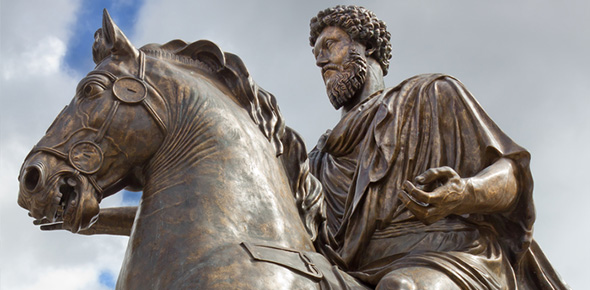Related Flashcards
Related Topics
Cards In This Set
| Front | Back |
|
Brocades
|
Fabrics woven with patterns were especially desired and most were adorned with precious and semiprecious stones, small medallions of enamel, embroidery and or appliqués.
|
|
Fashion
|
Defined as “a pattern of change in which certain social forms enjoy temporary acceptance and respectability only to be replaced by others”
|
|
Tunics
|
Basic garment now decorated heavily with patterning
Short- usually had long sleeves, wider at the top and tapering to fit closely at the wrists, less important people worn short tunics.(Early Middle Ages) |
|
Paludamentum
|
A basic term given to tunic and cloak. (Early Middle Ages)
|
|
Tablion
|
A large square decoration in contrasting colors and fabric indicating rank that was located at the open edge of the Paludamentu. (Early Middle Ages)
|
|
Segmentae
|
Square or round decorative medallions that were placed in different areas of the tunic (Early Middle Ages)
|
|
Pallium/Lorum
|
A long, narrow, heavily jeweled scarf possibly evolved from the toga with folded bands that became part of the official insignia of the emperor. (Early Middle Ages)
|
|
Chausuble
|
A Roman rounded cape continued to be worn today by clergy in a form with sides cut shorter to allow movement of the arms. (Early Middle Ages)
|
|
Hose
|
Leg coverings tied into place around the knee worn by men and women. (Early Middle Ages)
|
|
Mantles
|
A length of fabric worn open or closed with a slit through which the head could be slipped, worn as a cape or cloak. (Early Middle Ages)
|
|
Chemise
|
A loose fitting linen undergarment worn by men and women. (Early Middle Ages)
|
|
Pelice or Pelicon
|
A term used for fur-trimmed garments. (Early Middle Ages)
|
|
Wimple
|
A fine white linen or silk scarf that covered the neck, the center placed under the chin and each end pulled up and fastened above the ear or at the temple worn by women. (Early Middle Ages)
|
|
Bliaut (blee’o)
|
A fitted dress-like full body garment worn by upper class men
and women, more complex in cut and fit than prior garments. (Early Middle Ages) |
|
Cotte
|
Under tunic worn by both men and women and placed over chemise or shirt. (Early Middle Ages)
|






